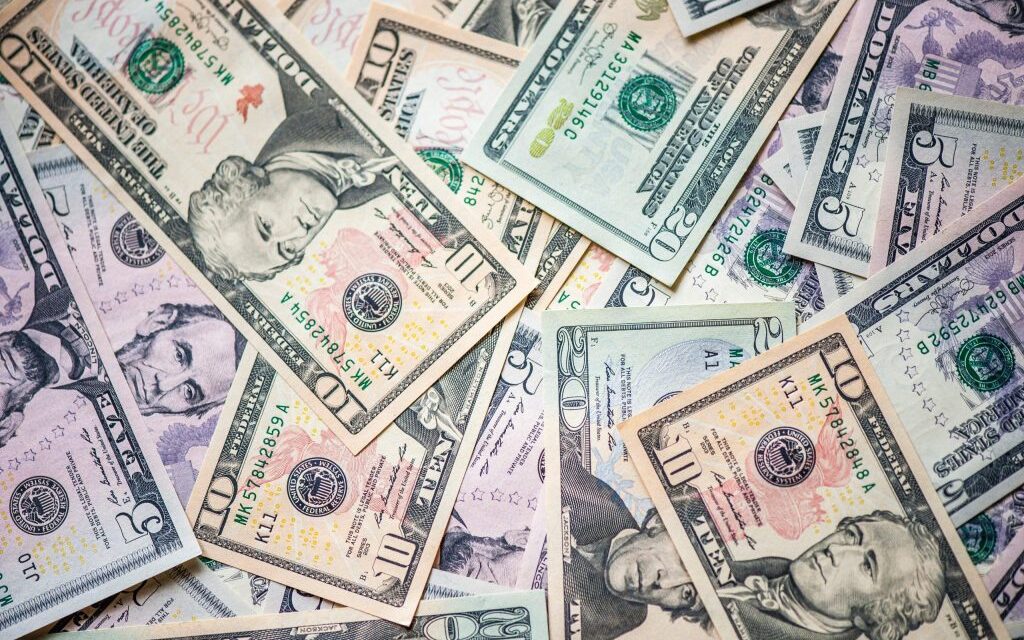By Bria Overs,
Word in Black
The Biden-Harris administration continues on its path of debt forgiveness, adding 125,000 student loan borrowers to its growing list of those who have received relief since President Biden took office.
This decision comes mere weeks after the Department of Education announced forgiveness for 2,300 University of Phoenix students. The new round of loan forgiveness focuses on borrowers enrolled in Income-Driven Repayment (IDR) plans and the Public Service Loan Forgiveness (PSLF) program, and those with disabilities. The new initiatives bring the administration’s total debt canceled and forgiven to $127 billion for an estimated 3.6 million Americans. But more aid and relief is still to come.
Debt cancellation particularly impacts Black Americans, who borrow more on average, hold their debt longer, and often struggle financially due to their student loans, according to the Education Data Initiative.
The PSLF program puts borrowers employed by the government or nonprofit organizations with Federal Direct Loans on track to have their loans forgiven after 120 qualifying monthly payments, the equivalent of 10 years.
“Because of red tape, only 7,000 borrowers had been helped,” President Joe Biden said at a recent press conference. “Well, today, thanks to reforms, more than 700,000 borrowers had their debt forgiven.”
According to the White House, nearly 715,000 public servants have had $51 billion in student debt forgiven.
Income-Driven Repayment plans, including the Pay As You Earn Repayment (PAYE) plan or the Income-Based Repayment (IBR) plan, offer another form of payment assistance and a route for forgiveness. These plans can help borrowers lower their monthly payments based on their income, with forgiveness applied to any remaining balance after 20 years of payments or 240 qualifying monthly payments.
The administration estimates 855,000 borrowers on IDR plans have received $42 billion in relief and an additional 513,000 borrowers with total and permanent disabilities received $11.7 billion in relief.
After the Supreme Court rejected the president’s attempt to implement a broader and more sweeping forgiveness plan in June, he announced adjustments to the Revised Pay As You Earn Plan, which became the Saving on a Valuable Education plan.
Under SAVE, borrowers could see significantly lower payments. Monthly payment amounts, with SAVE, are based on discretionary income which is the difference between the adjusted gross income and 225 percent of the Department of Health and Human Services’ poverty guidelines.
Additionally, the plan helps prevent balances from growing each month by eliminating the remaining interest accrued after a monthly payment.
A borrower on the SAVE plan making less than $30,000 a year could have a monthly payment of $0. A $0 monthly payment could apply to a household of four people making less than $60,000 a year.
By July 2024, the Biden-Harris administration plans to add more benefits to the program, including reducing the wait time for loan forgiveness eligibility to 10 years for borrowers with original balances of $12,000 or less. They also want to add forgiveness credit during periods of forbearance and deferments, and automatic enrollment in the plan after missed payments.
“By freeing millions of Americans from the crushing burden of student debt, it means they can go and get their lives in order,” Biden said. “They can think about buying a house, they can start a business, they can start a family. This matters. It matters in their daily lives.”
This article was originally published by Word in Black.
The post Biden has canceled $127 Billion in student debt–and there’s more relief to come appeared first on AFRO American Newspapers .











